Impacts of Rising Interest Rates on Insurance Companies
June 27, 2023
What is the most significant impact your insurance company has seen as a result of rising interest rates? Has it been an increase in capitalization ratios, an increase in non-admittance of mortgage loan investments due to rising mortgage loan rates impact on loan to value ratios, a decrease in investments in alternative investment categories, or maybe something else?
Life insurance companies have been dealing with significant negative Interest Maintenance Reserve (IMR) account balances as a result of rising interest rates. Remember that IMR is a deferred income account for realized interest-related gains or losses from fixed income assets. Negative IMR occurs when overall interest related realized losses exceed interest related realized gains. Historically, negative IMR is to be reported as a miscellaneous other-than-invested asset and then non-admitted.
In October 2022, the American Council of Life Insurers (ACLI) submitted its opinion to the NAIC SAPWG, stating concerns that large accumulations of negative IMR “will give the inappropriate perception of decreased financial strength through lower surplus and risk-based capital ratios.” The concern is that the consideration received from the securities sold is invested in higher-yielding assets and the statutory handling of negative IMR (i.e., non-admission) penalizes the insurance company for prudent and responsible investing. The ACLI suggested changes to the negative IMR concept, along with what are termed “guardrails”, to avoid potential misuse of revised negative IMR rules.
On April 10, 2023, the SAPWG e-voted to expose INT 2023-01T – Net Negative (Disallowed) IMR for public comment by May 5, 2023. This date was further extended to June 9 in a subsequent notice. INT 2023-01T provides a 2023 short-term solution by establishing a temporary, optional statutory accounting change to SSAP 7 – Asset Valuation Reserve and Interest Maintenance Reserve and the statutory annual statement instructions. Net negative IMR would be admitted under the following qualifying guardrails and/or parameters:
- Only applies to the general account – no separate account application currently;
- RBC must be greater than 300% – if less than 300% entity is disqualified;
- Admit 5% of capital and surplus adjusted to exclude net positive goodwill, EDP equipment and operating software, net DTAs, and admitted net negative IMR;
- Admitted net negative IMR must be generated from losses sustained through the sale of bonds or other qualifying fixed-income investments that were reported at amortized cost prior to the sale, and the proceeds from those sales must have been immediately used to acquire bonds or other qualifying fixed-income investments that will be carried at amortized cost;
- Explicitly excludes derivative losses reported at fair value and allocated to IMR;
- Special annual statement write-in, line-item reporting to asset page, and special surplus;
- Additional statutory note disclosures detailing the individual net negative IMR components.
In a public comment letter dated May 17, 2023, ACLI recommended that the following revisions be made before the interim solution framework is finalized:
- The cap of up to 5% of surplus should be raised to 10% and the surplus figure should not be
adjusted.
- Negative IMR related to interest rate risk management derivatives that are effective hedges should continue to be IMR eligible (i.e., there should be no exclusions for hedging derivatives held at fair value).
- Negative IMR related to relevant insulated and non-insulated Book Value Guaranteed Separate Accounts (BVG S/A) should be IMR eligible.
- Admittance of negative IMR should not be predicated on immediate reinvestment of proceeds of bond and fixed income sales, rather regulators should focus on a macro level reinvestment proof and disclosure. ACLI is recommending this as an additional safeguard.
We will be watching for the NAIC SAPWG response to the public comments to INT 2023-01T in the upcoming 2023 fall meeting. Stay tuned for an update.

Diane is an Audit Partner with Larson & Company. She specializes in Employee Benefit Plan audits and is the leader of our Employee Benefit Plan Practice Group.
LinkedIn

.png)



